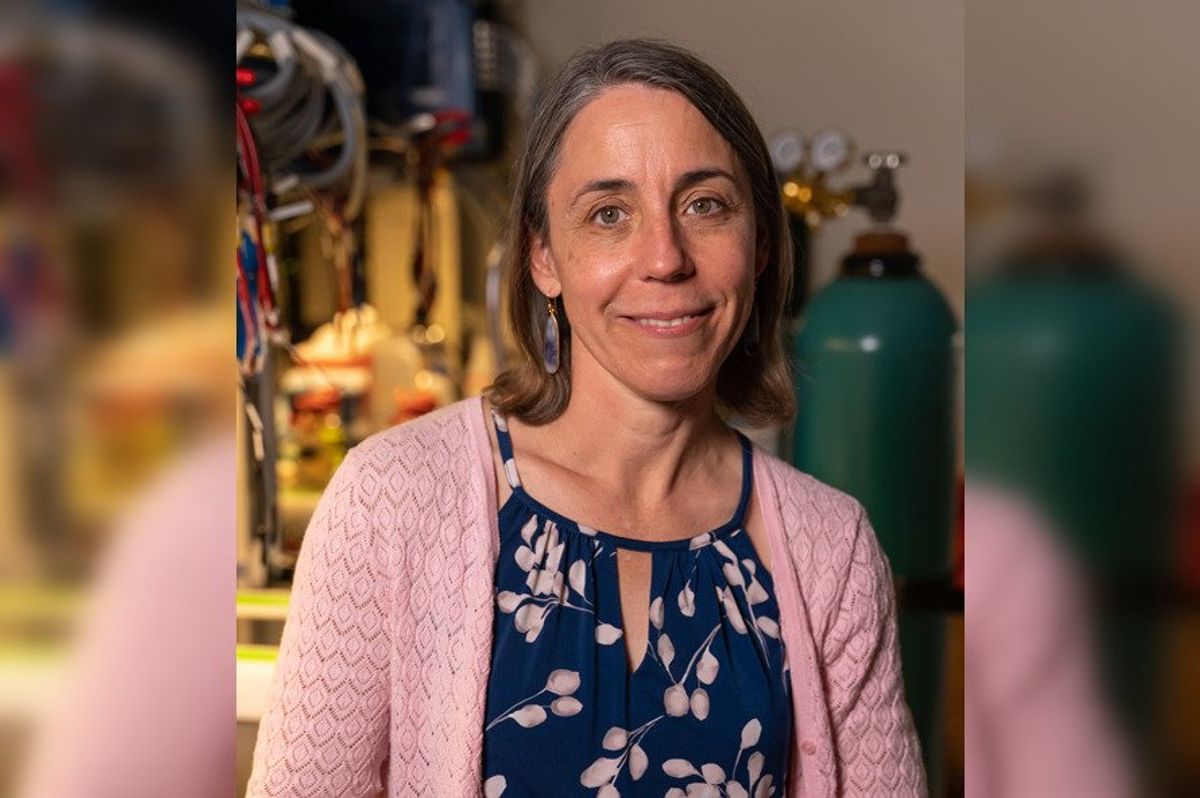Rice research breakthrough paves the way for advanced disease therapies
study up
Bioengineers at Rice University have developed a “new construction kit” for building custom sense-and-respond circuits in human cells, representing a major breakthrough in the field of synthetic biology, which could "revolutionize" autoimmune disease and cancer therapeutics.
In a study published in the journal Science, the team focused on phosphorylation, a cellular process in the body in which a phosphate group is added to a protein, signaling a response. In multicellular organisms, phosphorylation-based signaling can involve a multistage, or a cascading-like effect. Rice’s team set out to show that each cycle in a cascade can be treated as an elementary unit, meaning that they can be reassembled in new configurations to form entirely novel pathways linking cellular inputs and outputs.
Previous research on using phosphorylation-based signaling for therapeutic purposes has focused on re-engineering pathways.
“This opens up the signaling circuit design space dramatically,” Caleb Bashor, assistant professor of bioengineering and biosciences and corresponding author on the study, said in a news release. “It turns out, phosphorylation cycles are not just interconnected but interconnectable … Our design strategy enabled us to engineer synthetic phosphorylation circuits that are not only highly tunable but that can also function in parallel with cells’ own processes without impacting their viability or growth rate.”
Bashor is the deputy director for the Rice Synthetic Biology Institute, which launched last year.
The Rice lab's sense-and-respond cellular circuit design is also innovative because phosphorylation occurs rapidly. Thus, the new circuits could potentially be programmed to respond to physiological events in minutes, compared to other methods, which take hours to activate.
Rice’s team successfully tested the circuits for sensitivity and their ability to respond to external signals, such as inflammatory issues. The researchers then used the framework to engineer a cellular circuit that can detect certain factors, control autoimmune flare-ups and reduce immunotherapy-associated toxicity.
“This work brings us a whole lot closer to being able to build ‘smart cells’ that can detect signs of disease and immediately release customizable treatments in response,” Xiaoyu Yang, a graduate student in the Systems, Synthetic and Physical Biology Ph.D. program at Rice who is the lead author on the study, said in a news release.
Ajo-Franklin, a professor of biosciences, bioengineering, chemical and biomolecular engineering and a Cancer Prevention and Research Institute of Texas Scholar, added “the Bashor lab’s work vaults us forward to a new frontier — controlling mammalian cells’ immediate response to change.”
- Houston university launches new institute for synthetic biology ›
- Houston professor earns competitive NSF award, nearly $700,000 grant ›
- University opens its newest, largest campus research facility in Houston ›
- 10 Houston scientists named to fellowship for turning research into businesses ›
- Houston-based biotech company aims to revolutionize cellular dissection technology ›
- Rice, Houston Methodist Digital Health Institute names executive director - InnovationMap ›

 Dr. Jeff Molldrem (left) and Gang Bao will lead the new collaborative hub. Photo via MD Anderson
Dr. Jeff Molldrem (left) and Gang Bao will lead the new collaborative hub. Photo via MD Anderson Caroline Ajo-Franklin, professor of biosciences, bioengineering, and chemical and biomolecular engineering, will lead the new institute. Photo via Rice.edu
Caroline Ajo-Franklin, professor of biosciences, bioengineering, and chemical and biomolecular engineering, will lead the new institute. Photo via Rice.edu